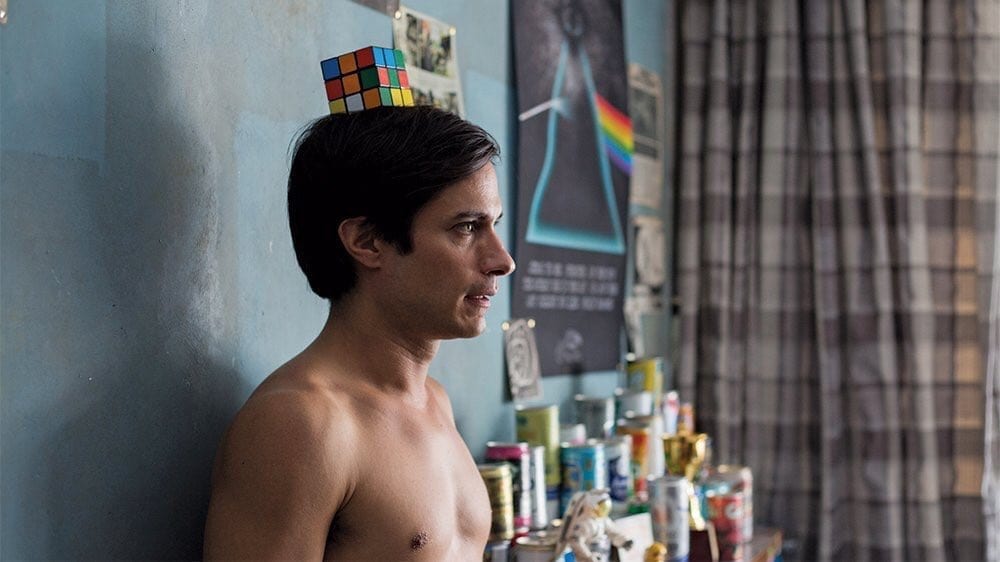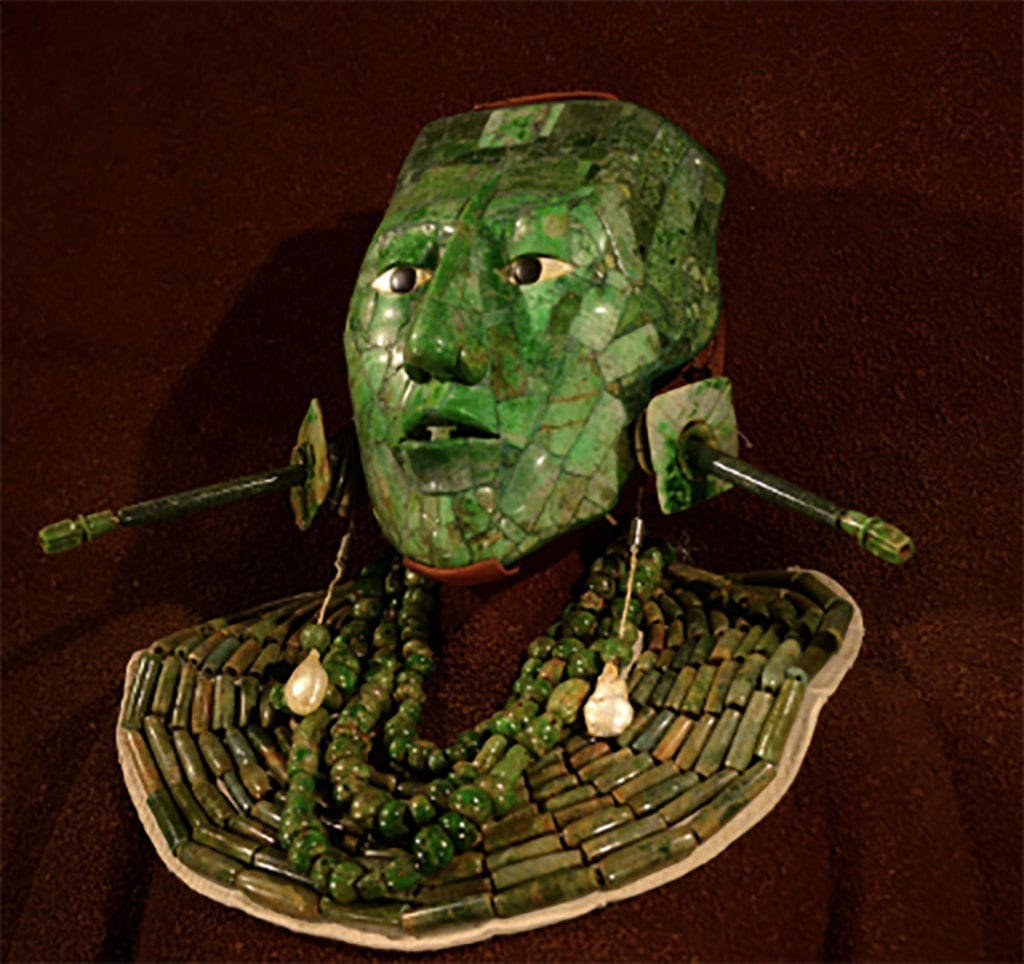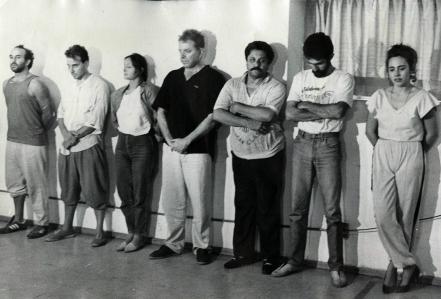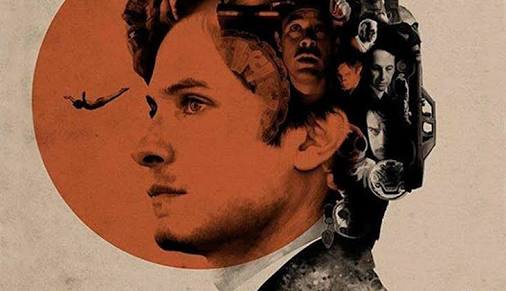The largest museum theft in Mexican history took place 35 years ago. On Christmas morning, December 25, 1985, 140 archaeological artefacts were found missing at the National Museum of Anthropology in Mexico City. The cultural value of the stolen objects was truly invaluable.
Manuel Alcalá, inspired by what has been dubbed “theft of the century,” took up his own investigation of an old case. It took him almost 10 years before he started to create a script for a feature film based on the collected materials. Alonso Ruizpalacios co-authored the script and directed the film. The tandem Alcalá-Ruizpalacios gained the Silver Bear for Best Screenplay at the 2018 Berlin Film Festival.

About the film “Museum”
Two quite mediocre students from the suburbs of Mexico City, Juan Nunez and Benjamin Wilkins, rebelled against the banality of their own lives, decide to go for a daring and not too tenable theft of museum relics. On Christmas Eve, they sneak into the National Archaeological Museum and take out dozens of priceless artefacts without hindrance. But having taken the treasure, the friends begin to realize that they have lost something truly important, given in to the power of ridiculous delusions.
From the very beginning, the melancholic off-screen narration makes the viewer understand that this is not a usual crime film, but an ironic odyssey of two representatives of the lost generation, interpreted in a poetic and philosophical form. A magnificent music plays a very special role in making the sound of the film integral and complete, despite some episodes outwardly detached. On the contrary, the compositional construction of the plot seems to be especially thoughtful and dense.

The “Museum” is a feature film, however that does not mean that the authors did not take care of the credibility of the settings. The film crew worked in Mexico City, Acapulco, Guerrero and Palenque, capturing the diversity of the country’s natural landscapes.
The National Institute of Anthropology and History didn’t allow filming in the halls of the museum, so it was decided to work in the pavilion, where the interiors of the National Museum of Anthropology were carefully recreated. The props for shooting the stolen artefacts were created with the participation of professional restorers. The copies are of such a high quality that many of the objects are now registered with the National Institute of Anthropology and History, and might be exposed in travelling exhibitions.
Fragments of the incomprehensible mystical past of pre-Hispanic cultures are intertwined with Mexican national traditions, and are skilfully combined with some relevant for the mid-1980s popular culture elements, recreating a Mexican cultural and historical identity on the screen, which the filmmakers treat with an obvious awe and love.

About the creators
Кинолента “Музей” стала второй в карьере перспективного мексиканского режиссера Алонсо Руиспаласиоса. Первым был фильм “Гуэрос”, также получивший признание на Берлинском кинофестивале в 2014 году за лучший дебют, а, кроме того, еще 40 международных премий. “Гуэрос” был настолько благожелательно принят критиками, что, по их мнению, ознаменовал собой “шаг вперед для современного мексиканского кинематографа”.
For Manuel Alcalá, the “Museum” was his first screenplay for the feature film. He previously produced the documentary “Beauties of the Night”, by Mexican director María José Cuevas, and is currently working on a documentary on journalism in Mexico and the high-profile murder of journalist Manuel Buendía in 1984.
Gael García Bernal, starring in the film “Museum”, also became an executive producer of the film. The Mexican actor is known for his work in such films “And your mother too” (2001), “Che Guevara: The Motorcycle Diaries” (2004), “Babylon” (2006), “Rose Water” (2014), “Neruda” (2016). This year the Chilean drama “Ema: Dance of Passion” with his participation was released in Russia. Gael Garcia Bernal admitted that his interpretation of Juan Nuñez in the screen was inspired by Fyodor Dostoevsky’s immortal novel “Crime and Punishment”.

How the things were in fact
By modern standards, the circumstances of the theft look almost fantastic. None of the missing artefacts were insured. The museum itself lacked an electronic alarm system, and even the display cases were not locked. Nine security personnel supposed to make regular rounds of the 15,000 m2 area, gathered to celebrate Christmas instead.
Among the stolen items were unique objects of Mexican cultural heritage, including a jade mask of the Mayan ruler Pakal, found in a recently opened tomb in Palenque, gold, jade and obsidian artefacts from the Maya, Aztec, Zapotec and Mixtec cultures. According to some reports, the Aztec monkey-shaped obsidian vessel alone was estimated at $20 million, but the total value of the missing objects could not be expressed in terms of money.

The loss of museum pieces has indeed become a serious international incident. The Mexican government, suggesting that an international criminal group of professional museum thieves was behind the crime, immediately contacted INTERPOL. A substantial monetary reward was promised for information that could help recover the missing artefacts. But the authorities were clueless.
The real circumstances became clear only in 1989, when one of the arrested drug lords offered the Mexican authorities the information about the “high-profile case” in exchange for a mitigation of punishment. According to him, he was offered to buy some archaeological antiquities for a million dollars. This information led the police to two students, who were Carlos Perches and Ramón Sardina.
It turned out that all this time (contrary to the assumptions of the investigating authorities) the relics did not leave the Mexican territory. They were kept in the parental home of one of the criminals.
Two veterinary students had been preparing for six months, they visited the museum about 50 times, collecting information on the exhibits and the security system. In the day X, the two friends celebrated Christmas Eve with their families, and afterwards they sneak into the museum through the air conditioning system. They left the crime scene with the bag of stolen pieces in the same way.

In total, the police arrested 7 people involved in this case, including Carlos Perches, who was sentenced to 10 years in prison. The second thief managed to escape.
As a national holiday, it was celebrated that most of the relics returned to the museum in complete safety, where new security measures had already been implemented. The first exhibition of the returned treasures caused an incredible stir in Mexican society, hundreds of visitors rushed to the museum, where were now armed security guards nearby the national treasure.


